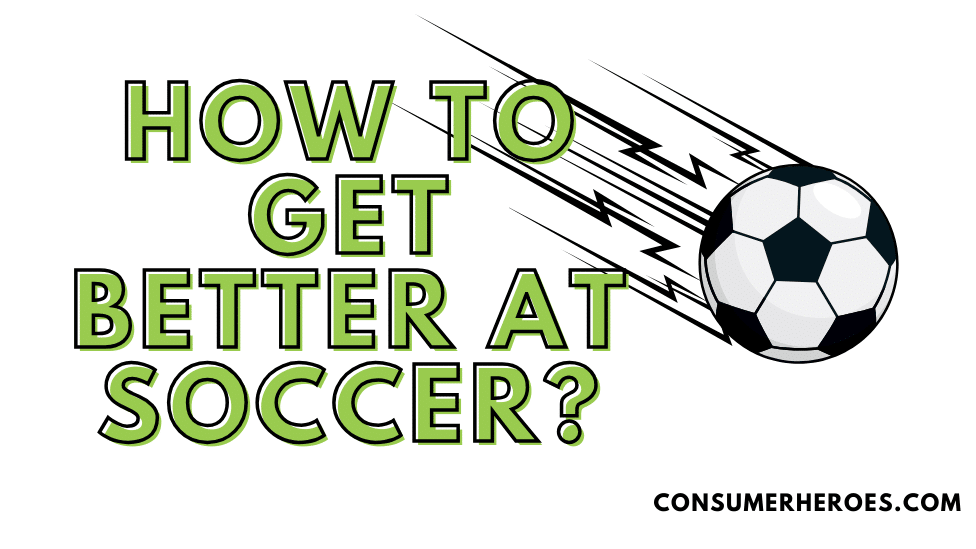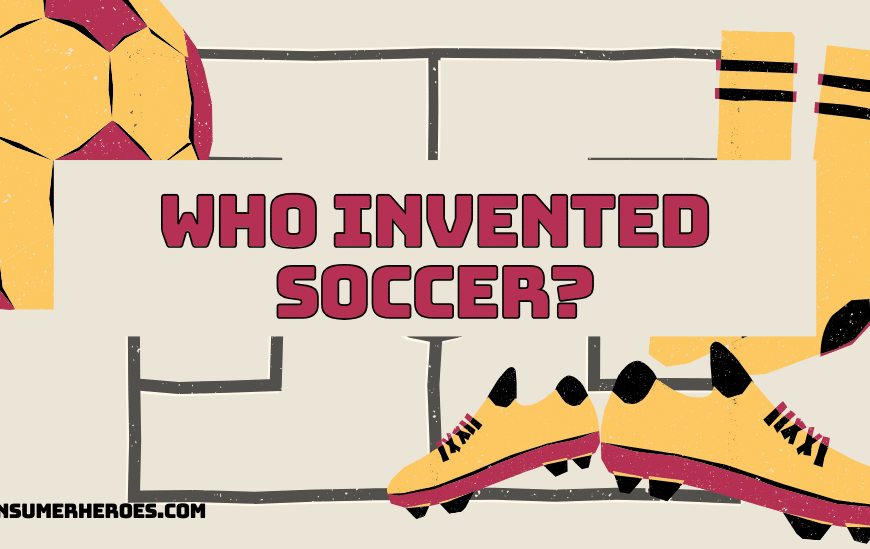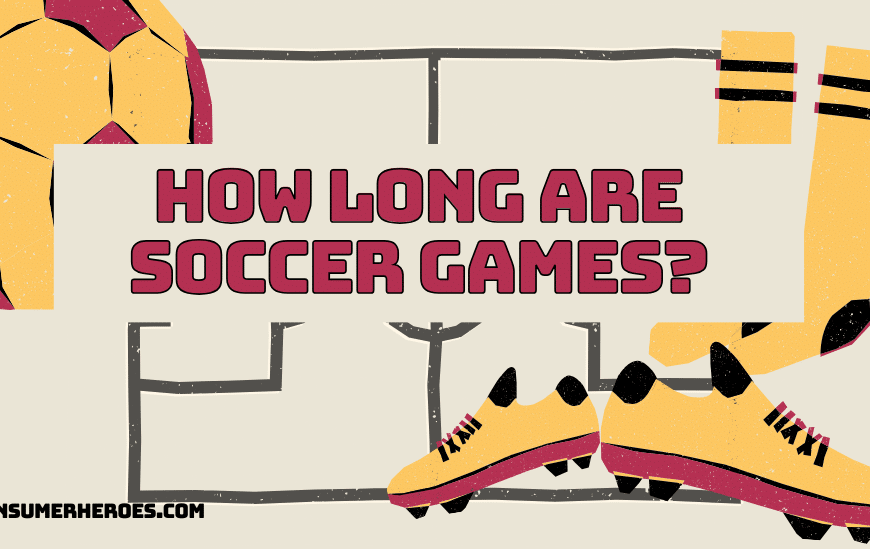Curving a soccer ball is a technique that is admired by many soccer players and fans alike. It is a skill that requires practice and patience to perfect. Curving a soccer ball can be done in various ways, such as through a free-kick, corner kick, or during open play. The technique involves striking the ball with the inside or outside of the foot, causing it to spin in the air and curve towards the desired direction.
To curve a soccer ball, the player must have a good understanding of the physics behind it. The spin on the ball causes it to move in a curved path due to the Magnus effect. The Magnus effect is the phenomenon where the spin on a ball affects the air pressure around it, causing it to follow a curved path. By striking the ball in a certain way, the player can control the amount of spin and direction of the curve.
In this article, we will explore the various techniques involved in curving a soccer ball and provide tips on how to perfect this skill. Whether you are a beginner or an experienced player looking to improve your game, this article will provide you with the knowledge and tools needed to curve a soccer ball like a pro.
Understanding the Basics of Soccer Ball
To effectively curve a soccer ball, it is essential to have a basic understanding of the ball’s anatomy and how it interacts with the air.
A standard soccer ball is made up of 32 panels, with each panel being either hexagonal or pentagonal in shape. The panels are stitched together to form the spherical shape of the ball. The ball’s size and weight are also regulated by official soccer organizations, with a circumference of 68-70 cm and a weight of 410-450 grams.
When the ball is kicked, it spins around its axis, creating a phenomenon known as the Magnus effect. The Magnus effect is when a rotating object moving through a fluid creates a difference in air pressure on opposite sides of the object. This difference in air pressure causes the ball to curve in the direction of the lower pressure.
To effectively curve a soccer ball, the player must kick the ball in a way that maximizes the Magnus effect. This is achieved by striking the ball with a specific part of the foot, generating the right amount of spin, and aiming in the correct direction.
In summary, understanding the basics of soccer ball anatomy and the Magnus effect is crucial to effectively curving a soccer ball. By mastering these fundamentals, players can enhance their ball control and scoring abilities.
Mechanics of Curving a Soccer Ball
Understanding Spin
To curve a soccer ball, the player must apply spin to the ball in a particular direction. The spin of the ball creates a difference in air pressure on either side of the ball, which causes it to curve in the direction of the lower pressure. The Magnus Effect, named after physicist Heinrich Gustav Magnus, describes this phenomenon. The Magnus Effect is what makes a curveball in baseball curve and a spinning soccer ball bend.
To create spin on a soccer ball, the player must strike the ball with a specific part of their foot. For example, to create a right-to-left curve, the player should strike the ball on the left side with the inside of their foot. This action creates clockwise spin on the ball, which causes it to curve to the left. Similarly, to create a left-to-right curve, the player should strike the ball on the right side with the outside of their foot. This action creates counterclockwise spin on the ball, which causes it to curve to the right.
Role of Air Pressure
The amount of spin applied to the ball and the speed at which it is traveling also affect the degree of curve. The faster the ball is traveling, the more it will curve. In addition, the air pressure on either side of the ball plays a crucial role in the degree of curve. The side of the ball spinning in the direction of travel experiences lower air pressure, causing the ball to curve in that direction.
Players can manipulate the amount of curve on the ball by adjusting the amount of spin and the speed of the ball. For example, a player can create a very sharp curve by applying a lot of spin to a slow-moving ball. Conversely, a player can create a more subtle curve by applying less spin to a faster-moving ball.
In conclusion, to curve a soccer ball, a player must apply spin to the ball in a particular direction. The Magnus Effect causes the ball to curve in the direction of the lower air pressure. The amount of spin, speed of the ball, and air pressure on either side of the ball all affect the degree of curve.
Step-by-Step Guide to Curve a Soccer Ball
Curving a soccer ball is a skill that requires practice and precision. In this section, we will provide a step-by-step guide to help you learn how to curve a soccer ball.
Positioning the Ball
The first step in curving a soccer ball is to position the ball correctly. The ball should be placed on the ground with the valve facing the kicker. The kicker should stand a few steps behind the ball and to the side, depending on which direction they want to curve the ball.
Approaching the Ball
The next step is to approach the ball. The kicker should take a few steps back and then approach the ball at an angle. The angle should be such that the foot is slightly behind the ball and the body is leaning forward.
Striking the Ball
The third step is to strike the ball. The kicker should aim to hit the ball with the side of their foot, just below the ball’s center. As they strike the ball, they should swing their foot in the direction they want the ball to curve.
Following Through
The final step is to follow through. After striking the ball, the kicker should continue their kicking motion, allowing their foot to follow through in the direction they want the ball to go. This will help to add more spin to the ball, increasing the amount of curve.
To summarize, curving a soccer ball requires proper positioning of the ball, approaching the ball at an angle, striking the ball with the side of the foot, and following through in the desired direction. With practice and patience, anyone can learn how to curve a soccer ball.
Common Mistakes and How to Avoid Them
Incorrect Foot Position
One of the most common mistakes when trying to curve a soccer ball is having the incorrect foot position. If the foot is not positioned correctly, it can result in the ball not curving or even going in the wrong direction.
To avoid this mistake, make sure that the foot is placed on the side of the ball that you want to curve towards. For example, if you want the ball to curve to the right, place your left foot next to the ball and strike it with the inside of your right foot. Additionally, make sure that your ankle is locked and your toes are pointed down towards the ground.
Wrong Approach Angle
Another common mistake is having the wrong approach angle. If the approach angle is incorrect, it can result in the ball not curving or curving too much.
To avoid this mistake, approach the ball at a slight angle. Aim to hit the ball around the equator or slightly below it. This will help you get the right amount of spin on the ball to make it curve.
Insufficient Follow Through
A common mistake is not following through on the shot. If the follow-through is insufficient, it can result in the ball not curving or curving too much.
To avoid this mistake, make sure that you follow through on the shot. After striking the ball, continue your kicking motion towards the target. This will help you maintain control over the ball and get the right amount of spin to make it curve.
By avoiding these common mistakes, you can increase your chances of successfully curving a soccer ball. Remember to practice regularly and focus on your technique to improve your skills.
Practicing and Improving Your Curve
To master the art of curving a soccer ball, it is essential to practice consistently. Here are some tips to help you improve your curve:
Drills for Improvement
- The Wall Drill: Find a flat wall and stand about 10-15 feet away from it. Kick the ball against the wall and try to curve it back to you. This drill helps you practice the basic technique of curving the ball and improves your accuracy.
- The Cone Drill: Set up a cone about 20 yards away from you. Try to curve the ball around the cone and into a goal. This drill helps you practice curving the ball around obstacles and improves your control.
- The Passing Drill: Practice curving the ball while passing it with a partner. Start with short passes and gradually increase the distance. This drill helps you practice curving the ball under pressure and improves your communication skills.
Consistency in Practice
To improve your curve, it is essential to practice consistently. Here are some tips to help you stay consistent:
- Set Goals: Set achievable goals for yourself and track your progress. For example, aim to curve the ball around a cone ten times in a row.
- Practice Regularly: Practice at least three times a week to maintain consistency.
- Mix it up: Vary your drills and practice different types of curves, such as the in-swinging and out-swinging curve.
By following these tips, you can improve your curve and become a better soccer player.
Conclusion
In conclusion, curving a soccer ball is a skill that requires practice, patience, and dedication. By mastering the proper technique, a player can add an extra dimension to their game and become a more versatile player.
It is important to remember that curving a soccer ball is not a guarantee for success. It is just one of many tools in a player’s arsenal. A player must also have good ball control, passing, shooting, and defensive skills to be an effective player on the field.
Furthermore, it is important to note that curving a soccer ball is not an easy skill to master. It takes time and effort to develop the proper technique and muscle memory. Players should not be discouraged if they do not see immediate results.
Finally, it is important for players to have fun while practicing and learning how to curve a soccer ball. Soccer is a game that should be enjoyed, and the more a player practices and improves their skills, the more enjoyable the game becomes.







